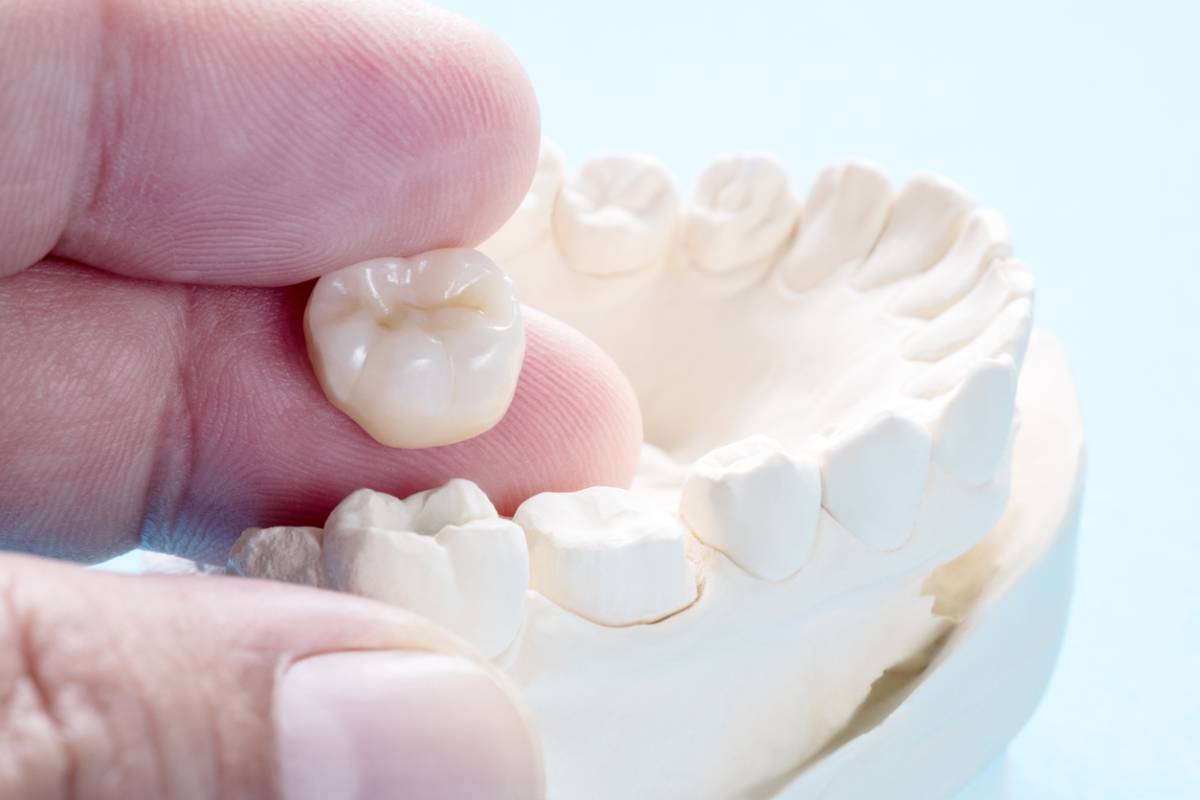A dental crown is kind of like a cap for a damaged tooth. It surrounds the entirety of the remaining tooth up to the gum line, serving to protect the underlying tooth and strengthen it against further damage. So, do dental crowns look natural?
Do Dental Crowns Look Natural?
Dental crowns didn’t always look natural, as older versions were typically made of metal. However, that is not the case today. Now dentists use resin or porcelain to replicate the exact appearance of a natural tooth. By the time your dentist has finished with your dental crowns in Irvine, you won’t even be able to tell your real teeth from the crowns.
When Are Crowns Necessary?
A dental crown is necessary when there isn’t enough healthy natural tooth left to stand alone. You may need a dental crown if:
- a cavity grew too big for a filling to work reliably
- your dentist found a root canal necessary
- your tooth was seriously damaged and won’t be able to hold up to daily wear and tear
Essentially, you will need a dental crown if there is a risk that the remaining natural tooth could fall out or break without the support of a dental crown.
Your dentist in Irvine will normally base their decision to place a crown on a combination of visual observations and x-rays.
In some cases, dental crowns are placed as a precaution instead of using large fillings. While it is ultimately a judgment call, a dental crown is often the safer option that will last much longer.
How Are Crowns Placed?
Crowns are placed over the course of two appointments.
In your first appointment, your dentist will shave down the remaining tooth to remove decay and make space for the crown.
When your dentist is satisfied that the remaining tooth is healthy, your dentist will take impressions of your mouth. It’s a less than fun experience, but these impressions guarantee that your personalized dental crown will fit your mouth perfectly.
After impressions, your dentist will place a temporary crown to fill the gap while your permanent crown is manufactured according to your exact specifications.
This process can take up to a couple of weeks, depending on your dentist’s office. In the meantime, your temporary crown should hold up to regular activities. However, your dentist will have instructions for you to follow to protect the temporary crown in the meantime.
Once your permanent crown is ready, you will go back for a second appointment. Your dentist will remove the temporary crown and put the personalized crown in place.
At that point, you and your dentist will carefully check the fit. Small alterations can be made, so speak up if your crown doesn’t feel quite right, especially when you close your bite.
What Different Types of Crowns Are Available?
There are a number of materials used to make dental crowns today, including a number of metals. However, when it comes to natural-looking crowns, there are two primary materials used: resin and porcelain.
- Resin: Resin is a more affordable option that offers a similar appearance to porcelain and ceramic. Unfortunately, it is also less sturdy. The average resin crown lasts 3-5 years, but some will last much longer with proper care.
- Porcelain: Porcelain is the gold standard when it comes to dental crowns. They look very natural and even possess some of the translucency of natural teeth. They are also sturdier. On average, they last 10-15 years with some crowns lasting much longer with proper care.
In either case, both materials are vulnerable to staining and chipping when not properly cared for. Given that neither material responds to the whitening methods used by dentists, it is important for patients to be careful with staining liquids and hard foods.
To learn more about dental crowns and your options, talk to your Irvine dentist.

